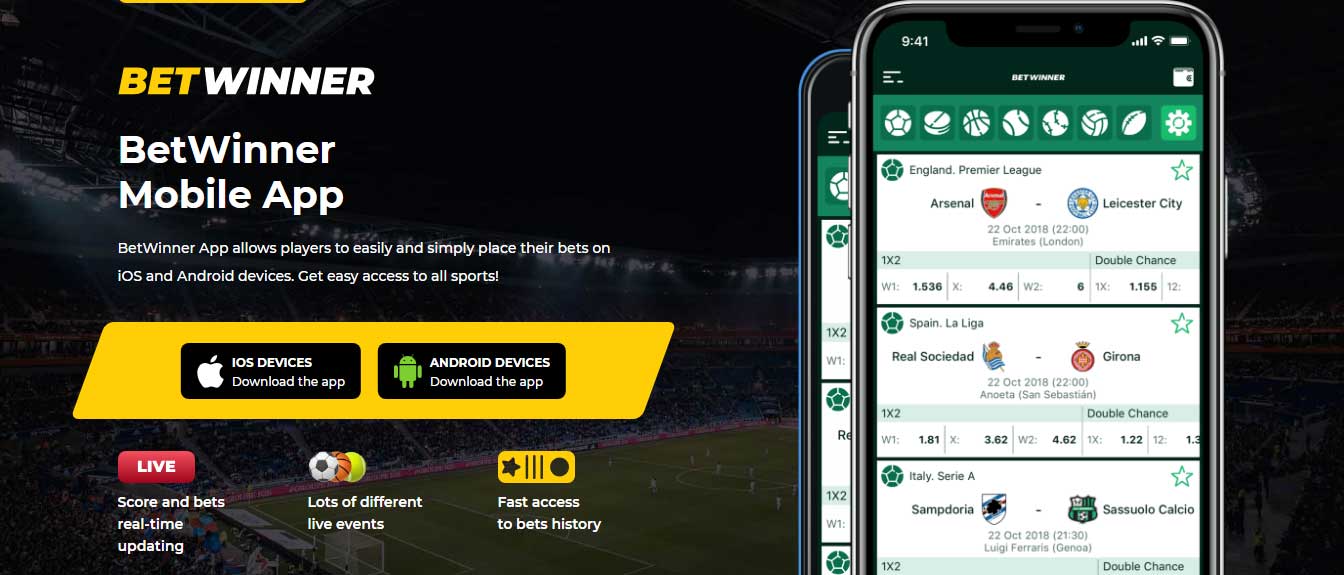
Access credentials such as the BJ999 login password are gateways to online services and should be treated with care. Whether you are a casual user or manage multiple accounts for work and personal use, understanding how to create, store, and recover secure access details is essential. This article outlines practical steps to protect your login information, reduce the risk of unauthorized access, and react appropriately if you suspect a security incident.
1. Create strong, unique passwords. A robust password is the foundation of account security. Avoid common words, predictable sequences, and reuse across sites. Instead, use long passphrases or randomly generated strings that combine upper and lower case letters, numbers, and symbols. Aim for at least 12–16 characters for high-value accounts. If BJ999 is a service you use, ensure its password is unique and not used elsewhere to limit the impact of any breach on other accounts.
2. Use a reputable password manager. Remembering complex and distinct passwords for every account is unrealistic. A password manager securely stores your credentials and can generate high-entropy passwords when needed. Choose a manager with strong encryption, a good security track record, and two-factor authentication support. With a manager, you only need to remember a single, strong master password and possibly a recovery key—make sure that master password is also well protected.

3. Enable two-factor authentication (2FA). Adding a second factor significantly reduces the likelihood of unauthorized access even if the BJ999 login password is exposed. Where possible, opt for authenticator apps (TOTP), hardware security keys (U2F/WebAuthn), or SMS as a minimum fallback. Hardware keys provide the strongest protection for sensitive accounts because they require a physical device for login.
4. Recognize and avoid phishing. Many account compromises start with deceptive emails, messages, or fake websites designed to harvest credentials. Learn to spot red flags: unexpected requests to verify your account, mismatched URLs, poor grammar, and urgent pressure to act. Always check the address bar before entering credentials and consider navigating directly to the service’s official site instead of following links. If you receive unexpected instructions related to your BJ999 login password, contact the service’s official support channels for verification.
5. Keep recovery options current and secure. Account recovery mechanisms such as secondary email addresses, trusted phone numbers, and recovery codes are critical when you lose access. Periodically review and update these options. For high-value services, print and securely store backup codes in a safe location. Avoid using recoverable methods that are exposed to public information—use a unique recovery email not shared across many services.
6. Monitor account activity and alerts. Many platforms offer security dashboards, recent activity logs, and login alerts. Enable notifications for sign-ins from new devices or locations and review activity logs regularly. If you notice unfamiliar access, immediately change the BJ999 login password and revoke active sessions where possible. Prompt action can prevent further misuse.

7. Responding to suspected compromise. If you suspect your credentials have been exposed: (a) change the password immediately, using a secure device and network; (b) enable or reinforce 2FA; (c) review account settings for unauthorized changes (payment methods, forwarding rules, linked accounts); (d) revoke app or device access tokens; and (e) notify the service provider so they can investigate and assist. If sensitive personal or financial data may have been leaked, consider additional steps like credit monitoring or reporting to relevant authorities.
8. Organizational practices for administrators. For teams and administrators managing multiple BJ999 or similar accounts, adopt centralized identity and access management policies. Use role-based access controls, enforce strong password policies, require 2FA, and perform regular access reviews. Implement least-privilege principles so users have only the access they need, and employ logging and auditing to detect anomalies.
9. Legal and ethical considerations. Respect privacy and terms of service. Attempting to obtain someone else’s BJ999 login password, bypassing authentication, or engaging in credential stuffing is illegal and unethical. If you find exposed credentials or a security flaw, follow responsible disclosure procedures to report it to the service owner without exploiting the issue.
10. Educate and maintain good habits. Human error is a major factor in breaches. Regular training and awareness can help users spot scams and follow secure practices. Periodically update passwords, review connected apps, and refresh recovery options. Treat account security as an ongoing process rather than a one-time setup.
Summary: Protecting the BJ999 login password or any access credentials requires a combination of strong, unique passwords, reliable password management, multi-factor authentication, vigilance against phishing, and up-to-date recovery options. For organizations, additional controls and monitoring are essential. By following these practical steps, you substantially reduce the risk of unauthorized access and ensure a more resilient online presence.

